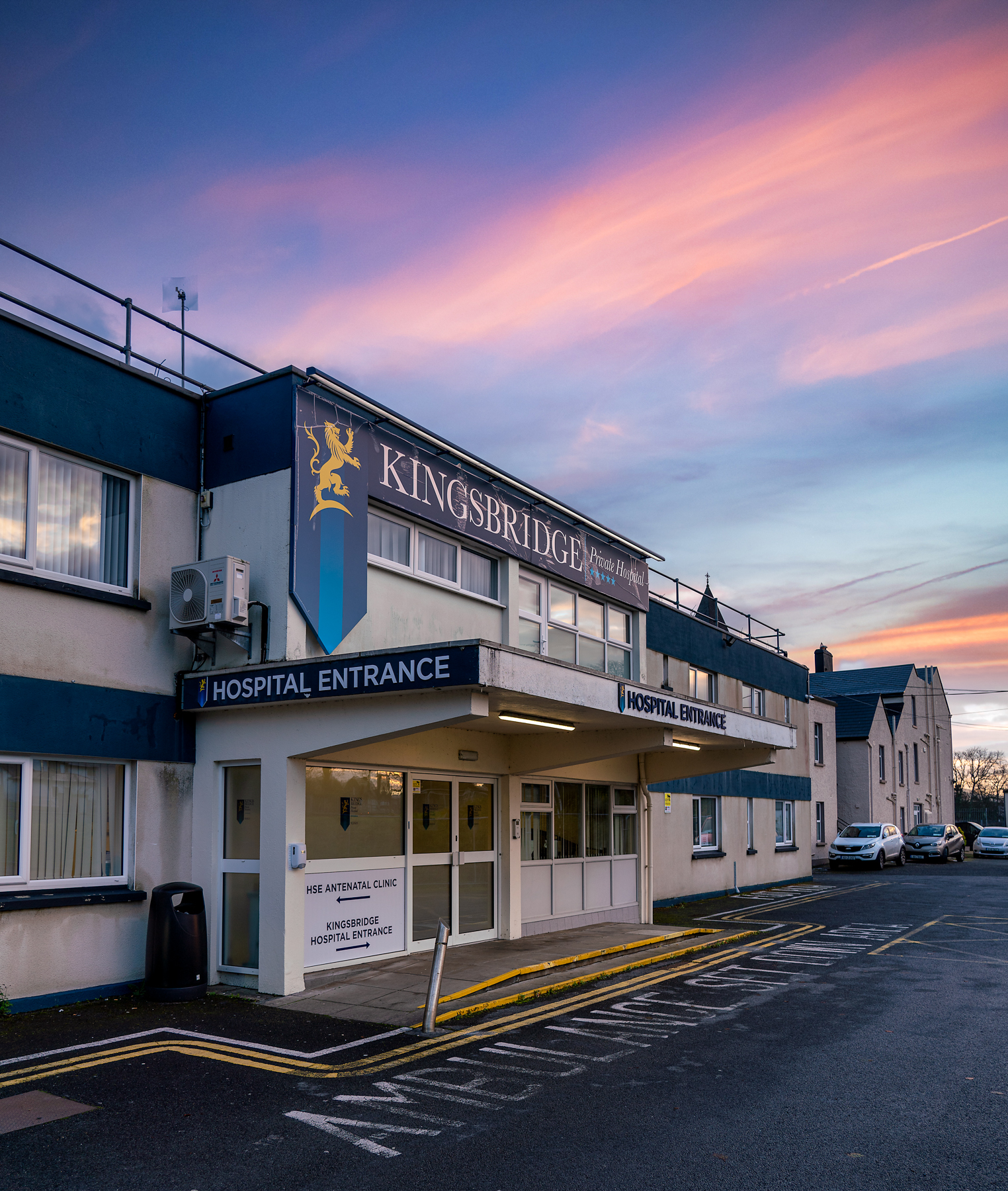Are you troubled with painful, itchy leg veins or simply fed up with their unsightly appearance? At Kingsbridge Private Hospital our team of Vascular Surgeons are here to help.
Varicose vein surgery can remove varicose veins which are enlarged and twisted veins in the leg affecting both men and women. They tend to run in families and can become worse during pregnancy.
People who stand a lot in their daily life or are required to stand for long periods during work can also develop varicose veins.
Research shows that varicose veins affect about one third of people at some point in their life.
The Causes Of Varicose Veins
Varicose veins can develop when the small valves inside the veins stop functioning properly. In a healthy vein, blood flows smoothly to the heart.
There are two main types of veins in your legs:
- Superficial Veins - These lie under your skin and include the long and short saphenous veins.
- Deep Veins
When blood doesn't flow properly from the superficial veins to your deep veins, pressure can build up and varicose veins can occur, this is due to valves in the leg or pelvic veins not working properly.
Valves are designed to let blood flow one way. The blood is prevented from flowing backwards by a series of tiny valves that open and close to let blood through. However, if the valves are damaged or weakened then blood may not flow correctly and can collect in the vein, eventually causing it to be swollen and enlarged (varicose) becoming visible.
For further information on Varicose Veins, Spider Veins & Venous Disease, check out our latest blog by Phlebology Consultant Mr Zola Mzimba.
Non-surgical Procedures For Varicose Veins
- VNUS Closure Procedure using Radiofrequency Energy
- Ultrasound Guided Foam Sclerotherapy
- Microsclerotherapy for Thread Veins
These procedures involve the closure of the veins using injected foam or applied heat energy through a small skin incision. These techniques have the advantage in that they can be carried out under local anaesthetic and rarely require overnight stay. Most patients will be able to walk immediately afterwards and can resume normal activities in 1 to 2 days. So why wait?
Surgical Procedures for Varicose Veins
Larger veins often require surgical removal under general or spinal anaesthesia. Depending on the extent of your veins and your occupation, you may need to take between one to two weeks off work to recover.
In surgery, superficial veins that have become varicose veins are removed. The veins that are situated deep within your legs will take over the role of the damaged veins.
There are many types of operation depending on which veins need treated. Your surgeon at Kingsbridge Private Hospital will provide you with advice on which operation is best for you.
A common operation is ligation and stripping. In this operation, your surgeon will tie off the faulty vein to stop any blood flowing through it and then remove it. You may have phlebectomy with ligation and stripping to remove the smaller surface veins that lie under your skin. In this operation, your surgeon will use hooks to pull out your varicose veins through small cuts in your leg.
Although many people won't need any further treatment after surgery, it’s possible that new varicose veins can form.
Please note that all your options will be discussed in depth at your consultation with our experienced Vascular Consultants. We provide a full assessment service with clinical examination and ultrasound.
The ClosureFast Procedure FAQs
Q: Is the ClosureFast procedure painful?
A: Most patients report feeling little, if any, pain during the ClosureFast procedure. Your physician should give you a local or regional anesthetic to numb the treatment area.
Q: How quickly can I resume normal activity?
A: Patients treated with the ClosureFast procedure may resume normal activities more quickly than patients who undergo surgical vein stripping or laser ablation. With the ClosureFast procedure, the average patient typically resumes normal activities within a few days. For a few weeks following the treatment, your vein specialist may recommend a regular walking regimen and suggest you refrain from very strenuous activities (heavy lifting, for example) or prolonged periods of standing.
Q: How soon after treatment will my symptoms improve?
A: Most patients report a noticeable improvement in their symptoms within one to two weeks following the procedure.
Q: Is there any scarring, bruising, or swelling after the procedure?
A: Most patients report limited to no scarring, bruising, or swelling following the ClosureFast procedure using the ClosureFast catheter.
Q: How is the ClosureFast procedure different from endovenous laser?
A: Although the ClosureFast procedure and 980 nm endovenous laser ablation are both minimally invasive procedures, a comparative, multicentre study showed that the ClosureFast procedure was associated with statistically significant lower rates of pain, bruising, and complications. Patients undergoing the ClosureFast procedure also reported improvements in quality of life measures up to four times faster than patients treated with 980 nm endovenous laser ablation.
Q: How is the ClosureFast procedure different from vein stripping?
A: During vein stripping, incisions are made in the groin and calf, and a tool is threaded through the diseased vein to pull the vein out of the leg. With the ClosureFast procedure, only one small incision is made at the insertion site and the vein is then treated and left in place. This minimally invasive approach reduces the likelihood of pain and bruising associated with vein stripping surgery. If so, you may be suffering from chronic venous insufficiency (CVI). More than 30 million people are affected by varicose veins or CVI in the U.S., with only 1.9 million seeking treatment annually, leaving the vast majority undiagnosed and untreated. Without treatment, those with the disease may experience progressive symptoms, such as swollen legs, skin damage and/or ulcers that can be debilitating and significantly impact their quality of life. Fortunately, with proper treatment, that outcome is preventable.
Book An Appointment
The quickest way to Book a Treatment or Consultation is through our
Alternatively, call us at
Our Patient Booking Team will contact you back to confirm available dates, times and prices.







